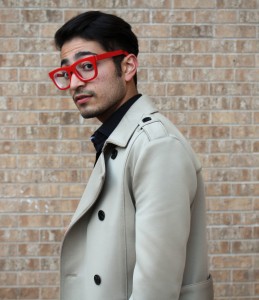 Karan Mahendroo is a sophomore in BHP who is truly making the most of his four years in college. Karan has completed an internship for BCBG Max Azaria in their social media department, twice attending New York Fashion Week supporting BCBG. He is currently creative director for Narrative Edge, an Austin-based company providing video production and distribution services. He is also president of Austin Connect, a group that brings students together with CEOs and corporate influencers in Austin. Karan has many interests and is pursuing them all. We sat down with him to find out more.
Karan Mahendroo is a sophomore in BHP who is truly making the most of his four years in college. Karan has completed an internship for BCBG Max Azaria in their social media department, twice attending New York Fashion Week supporting BCBG. He is currently creative director for Narrative Edge, an Austin-based company providing video production and distribution services. He is also president of Austin Connect, a group that brings students together with CEOs and corporate influencers in Austin. Karan has many interests and is pursuing them all. We sat down with him to find out more.
What role do you think social media plays in branding in the fashion industry?
Social media is the coolest form of advertising you can use. So much of the perception of the brand is what is put out there through social media. Everyone is on social media, it is completely free, and you have to learn how to leverage that to make money off of it. I worked for BCBG over the summer in their social media department and we worked with a lot of different influencers. For Kylie Jenner to upload an Instagram picture with one of your products, it would cost from $10,000-$40,000. It really is the best billboard you can buy, though. It’s there forever and it gets more engagement than a traditional billboard or advertisement in a magazine. I have always been active on social media, but doing that for a big brand was even cooler and I learned so much about what it means to be famous online and how being Instagram famous is actually a career. It is a new world that I had always dreamed of being a part of and when I got in it, it was so much more complex than I had thought it would be and it was so much fun.
What were you doing specifically at BCBG?
When I was asked to intern, I sent the head of the social media department some samples of my work, like my graphic design and photography. He liked me, so even though my internship wasn’t supposed to start until June, he asked me to come to New York in February to help with New York Fashion Week. It was my first taste. Fashion week happens twice a year and it is the busiest and craziest week of the year. I jumped right in and learned a lot quickly.
The social media department is tasked with capturing everything. We manned the behind-the-scenes footage and the editorial shots of the new clothes, we live Snapchated, live Tweeted and live Periscoped, and updated the Instagram and Facebook accounts. After the show, we interviewed the models and featured the celebrities who were there. I got to take pictures of all the celebrities which was great.
During my summer internship, I was keeping people updated about what BCBG is doing daily. I was posting online daily and I actually developed a social media calendar and schedule for our posting that aligned with what our ecommerce department was doing. If there was going to be a sale on items, we would gift it to a celebrity, take pictures of them wearing it, and then post those pictures to make the item sell better.
I had a strategy for which three things we were going to post a day, mixing editorial, with sale items, with celebrity shots, lifestyle shots, etc., and then I would check with the other departments and make adjustments. I also worked on some bigger projects like benchmarking against other companies to make the case to expand the social media department at BCBG. I was designing reports and pitching to the higher ups. It was very fast-paced and nice mix of everything from business to creative.
Did you enjoy interacting with celebrities in your role?
When you are at a party and Kanye West is within 20 feet of you, it is a little shocking. The first time I went to New York fashion week I met Victoria Justice and she liked my glasses, and then I met her a few times in LA, and I got to go to a few parties with her which was fun. It’s fun to interact with celebrities. They know they are a big deal, but they also get nervous being in a new place, so you have to make them feel like a big deal without being a weird fan. I think building a person’s brand would be one of the most fun brand work to do. I would love to be a publicist. Working with them, getting them to come to a BCBG show, and making BCBG seem like a part of their brand was really cool.
We actually had binders of celebrities and I would make profiles for them to analyze who would be likely to come to our show based on their level of fame and our level of brand fame. We do a lot of work with fashion bloggers. They are taking over the Instagram industry. If they have a million or more followers, the fashion industry wants them to wear their clothes. I would track how many followers they had, what their average engagement was, what type of blogger they are, what brands they prefer to wear, how old they are and how that compares to our clients. Basically just different attributes. Then we send out invites to these bloggers and relate it to their brand by sending them the correct clothing. It was a lot of work.
You have been doing graphic design, website design and photography for a long time. Has that helped you land roles, having creative and business skills?
People want to hire one person who can do everything they want. If you just know creative, you won’t get a job. If you just know business, you won’t get a job, but if you know both, it makes it easier to get the jobs and rise faster in them.
A perfect example is the job I have now. About a year ago, I met a woman here who was starting a company called Narrative Edge and she hired me as an intern because of my diverse skills. It is a video production and distribution company, so we work with people like CNN and The Economist. We produce editorial video for their platform, geared towards C-suite executives. I was brought on as an intern, but within a month I was managing the other interns and doing a lot more than typical intern week because I could do a lot of the things she wanted. I started doing more sales, business development and creative director work.
In May of 2015 she flew me to Dubai to attend the Arabian Travel Conference, the largest travel conference in the world. Ministries of tourism and huge hotel chains attend. I secured meetings with CEOs and ministers to sell them on our video services. I was doing sales there, but when I came back, I was working on the creative side. One of the clients we got was Aqua Power Systems, a renewable energy company in the Middle East. We sent a team to several places all over the world to film, and I did the behind-the-scenes work for that, telling them what to film, where to film and what the message should. I am now the creative director there. My boss says whenever she gets me on a project, she knows I won’t do just one thing, but will help with all the different steps of the project.
What would you say to people who are afraid to try working in a new industry they know nothing about, and how can they be successful in their role?
You have to just jump in. I had never done anything in fashion. I like to be in new situations and I am good at thinking fast on my feet. You have to learn the language of the world you are in, whether that is accounting or fashion. I ask a lot of questions and meet the right people. You need to take a step back and look at everything happening in the room when you first start. Who are all of the people go to? I knew who I needed to meet and be friends with, and I offered to help them with the things I do know how to do. If I was done with my work, I would help them. Then I would learn things from them as I went along. If someone can vouch for you, it gets you so much farther than a resume ever will. Networking is important.
I am currently leading Austin Connect. Every week we have coffee with someone very successful and it has really helped me grow my network. It’s all about meeting people and making a good impression. It’s best to just be real and not super uptight. Be casual and subtly talk about yourself in the right way, so that they know you are coming from a place of expertise. Don’t try to get something out of them. Just ask them about what they like, to set them at ease. Also, having something that makes you stand out helps people remember you. People always remember me as the kid with the red glasses. It is a defining look and people don’t even recognize me without them.
What is your goal for your remaining college years?
My goal with my four years of college is to try everything I want to try. I wanted to try the fashion industry. I was also interested in journalism, which is the job I have now. I also like music, publicist type of work, and consulting work, too. I want to have a million different internships and then decide what I want to pursue when I graduate. I am very interested in entrepreneurial work as well. I want to work with people who are starting small, but have big ideas that could be profitable, and come in to assist them with a bunch of different things that will help them grow the company quickly.
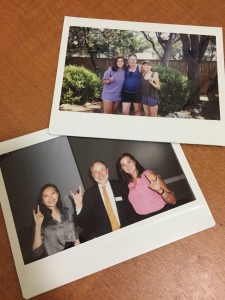 2015 Leadership Kickoff Co-Chairs – Kate Shanks and Michelle Zhang
2015 Leadership Kickoff Co-Chairs – Kate Shanks and Michelle Zhang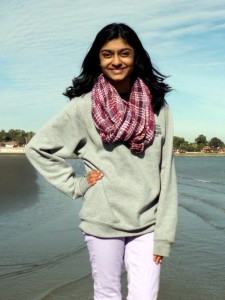 Why did you apply to be Sophomore Social Co-Chair?
Why did you apply to be Sophomore Social Co-Chair?
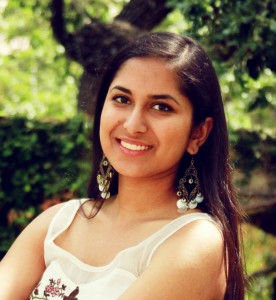 Shivi Agarwal is a senior BHP/Finance major with minors in Supply Chain and Psychology. This past summer, Shivi held an internship with BP in their Integrated Supply & Trading division. She enjoyed the experience and decided to accept a full-time offer from BP to join their new Finance & Risk Rotational Program.
Shivi Agarwal is a senior BHP/Finance major with minors in Supply Chain and Psychology. This past summer, Shivi held an internship with BP in their Integrated Supply & Trading division. She enjoyed the experience and decided to accept a full-time offer from BP to join their new Finance & Risk Rotational Program.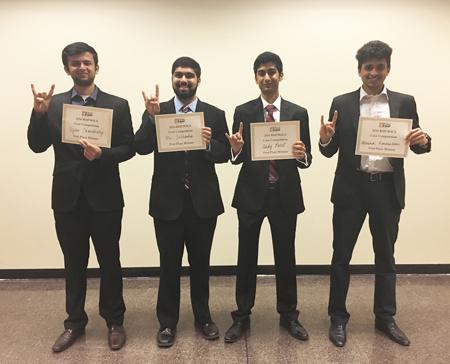
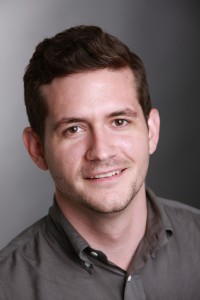 John Michael Cassetta, BHP 2010, works on the Strategy & Development team at
John Michael Cassetta, BHP 2010, works on the Strategy & Development team at  Karan Mahendroo is a sophomore in BHP who is truly making the most of his four years in college. Karan has completed an internship for
Karan Mahendroo is a sophomore in BHP who is truly making the most of his four years in college. Karan has completed an internship for